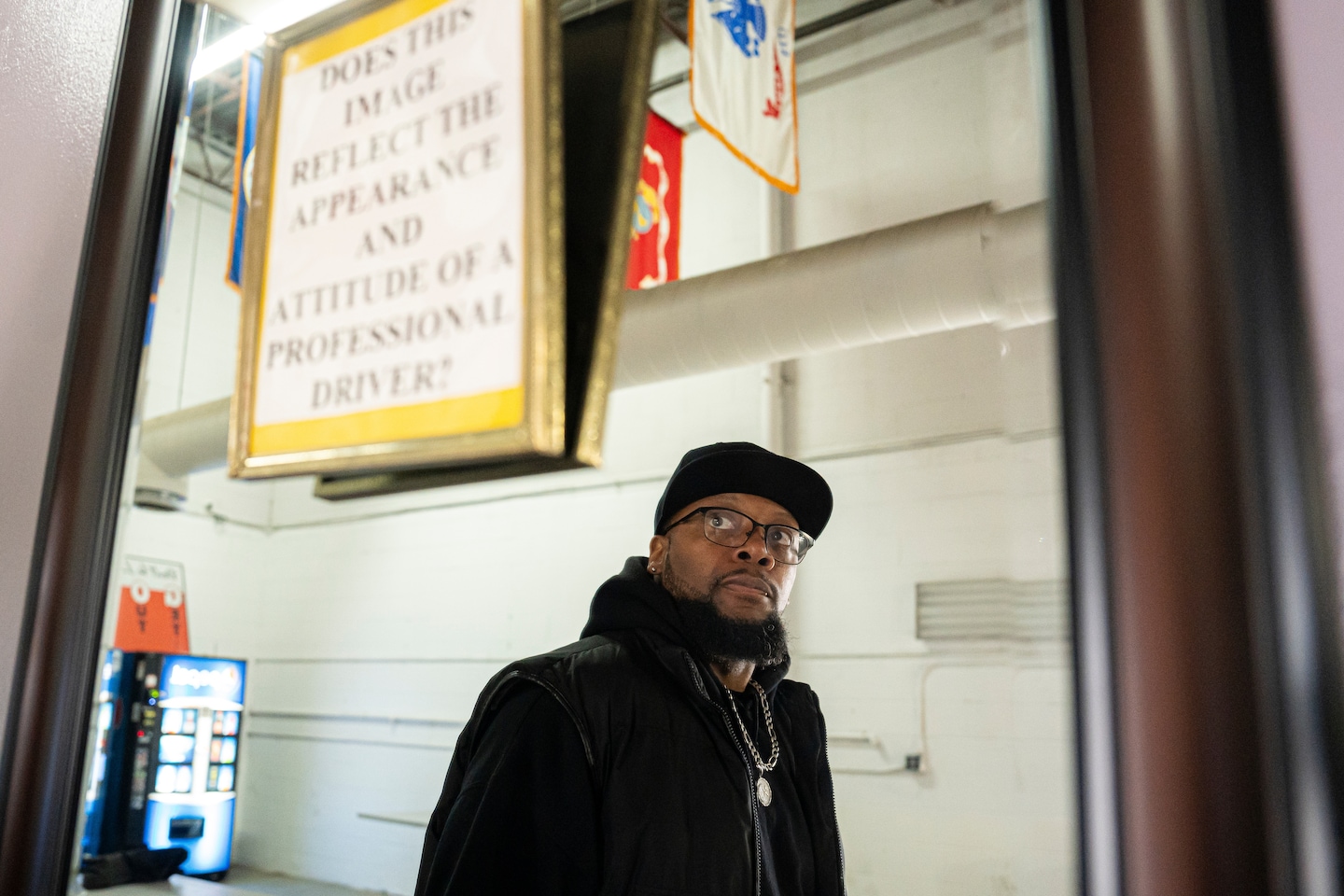When Yusef Qualls-El was 17 years old, he received a life sentence from a judge during the mid-1990s, a period marked by a significant increase in the U.S. prison population. Like many other minors at the time, Qualls-El was sentenced to life without parole, entering prison at an age when his peers were pursuing higher education or embarking on their professional journeys. Unfortunately, educational opportunities within prison systems were often limited to those expected to reintegrate into society, leaving individuals like Qualls-El with minimal chances for personal development.
As courts and legislators have started reconsidering harsh sentencing policies for young offenders, a growing number of individuals serving life sentences are being granted release. This has led to a unique situation where individuals who entered prison as teenagers are now being set free as middle-aged adults, facing challenges reintegrating into a society that has evolved during their incarceration.
Despite his desire to pursue higher education, Qualls-El, now 44 years old, encountered obstacles when attempting to enroll in college post-resentencing in 2022. The limited time remaining on his sentence prevented him from completing a degree before his release in June 2023. While he still aspires to pursue a college education, his immediate focus is on securing employment, aiming to establish a career path after years of incarceration.
Qualls-El’s legal predicament stemmed from a conviction in 1995 for two counts of first-degree murder, resulting in a mandatory life sentence without parole. Despite maintaining his innocence regarding the act of shooting, Michigan law did not differentiate between the actual perpetrator and accomplices present during the crime. His incarceration coincided with the implementation of stringent crime policies, such as the 1994 crime bill, which significantly curtailed prison education programs by eliminating federal financial aid for incarcerated individuals. This legislative shift, coupled with aggressive tough-on-crime measures, contributed to a surge in the U.S. prison population.
In the period between 1995 and 2017, over 11,600 individuals under the age of 26 received life without parole sentences, with a disproportionate representation of Black individuals. Following a series of Supreme Court rulings highlighting the developmental differences between young offenders and adults, states began revising sentencing guidelines that automatically condemned juveniles to life imprisonment. This shift towards more lenient sentencing practices prompted a reevaluation of cases involving juvenile offenders, offering individuals like Qualls-El the opportunity to be resentenced.
Presently, several states have prohibited life sentences without the possibility of parole for individuals under 18, with some jurisdictions extending this prohibition to individuals under 21. While these sentencing reforms grant a chance for resentencing, the process does not guarantee immediate release for affected individuals. Policymakers are urged to prepare support mechanisms for the growing number of individuals reentering society post-resentencing.
During his incarceration, Qualls-El, like many others, faced limited access to educational resources in Michigan, a trend observed in numerous states as of 2020. The exclusion of life-sentenced individuals from educational programs was a common practice, reflecting a broader reluctance to invest resources in individuals perceived as unlikely to reintegrate into society. However, recent policy changes in Michigan have allowed individuals with lengthy sentences to pursue education, with approximately 130 life-sentenced students currently enrolled in college programs within the state.
Despite the prevailing challenges, Qualls-El demonstrated initiative by pursuing self-education, engaging in various intellectual and artistic endeavors during his incarceration. While formal educational opportunities were scarce, he actively participated in programs focusing on practical skills and received certifications enhancing his employability post-release. However, the stigma associated with criminal records poses a significant barrier to employment opportunities, with numerous legal restrictions limiting the occupational choices available to individuals with prior convictions.
Upon his release, Qualls-El faced the daunting task of rebuilding his life and securing stable employment. Recognizing the importance of education in enhancing his prospects, he aspired to pursue a university degree to support his entrepreneurial ambitions. However, the practical challenges of balancing work, education, and reintegration efforts posed significant obstacles, reflecting broader trends where formerly incarcerated individuals face hurdles in accessing and completing higher education programs.
Despite these challenges, Qualls-El embarked on a new opportunity by enrolling in truck driver training, culminating in the acquisition of a commercial driver’s license and subsequent employment. This promising development signifies a positive step towards his goal of establishing a sustainable career path post-release. As he navigates the complexities of reentry into society, Qualls-El’s journey exemplifies the resilience and determination of individuals seeking to overcome the barriers posed by a criminal record and limited educational opportunities.
